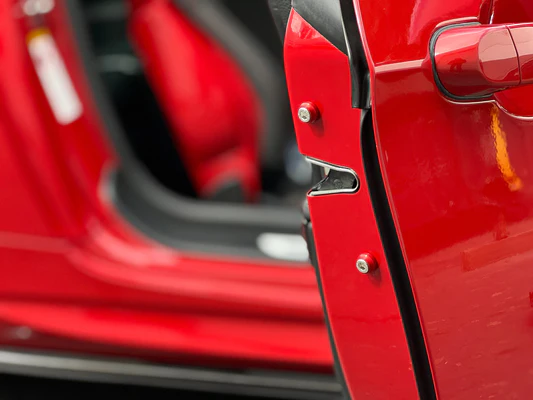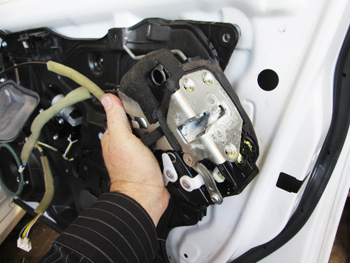
In the intricate realm of automotive maintenance, Door Lock Actuator problems can be a source of frustration and inconvenience. A systematic and informed approach to troubleshooting is essential for identifying and resolving issues effectively. This comprehensive step-by-step guide adheres to Google's SEO standards, providing an in-depth exploration of common Door Lock Actuator problems and offering detailed solutions for vehicle owners.
Before diving into the troubleshooting process, it's crucial to recognize the spectrum of issues associated with Door Lock Actuators:
1.Unresponsive Locking/Unlocking: The actuator fails to respond, leaving doors either locked or unlocked.
2.Strange Noises: Unusual sounds, such as grinding or clicking, may accompany the actuator's operation.
3.Inconsistent Operation: Intermittent functioning of the actuator can compromise overall vehicle security and convenience.
Check for Debris: Conduct a thorough visual inspection of the Door Lock Actuator. Look for visible debris, dust, or foreign objects that may hinder proper operation.
Inspect Wiring Connections: Examine the wiring connections for signs of wear, corrosion, or disconnection. Ensure all connections are secure and address any damaged wiring.
Use Compressed Air: Employ a can of compressed air to clear out debris from the actuator's mechanisms. Focus on achieving a clean and unobstructed system.
Apply Lubricant: Enhance the smooth operation of moving parts by applying a silicone-based lubricant. Proper lubrication reduces friction, promoting optimal functionality.
Carefully Remove Door Panel: For a more in-depth inspection, consider removing the door panel to access the internal components of the Door Lock Actuator.
Inspect Internal Components: Examine gears, levers, and other internal components for signs of wear or damage. Replace any components that show signs of deterioration.
Utilize a Multimeter: Conduct a continuity check using a multimeter to ensure the electrical circuit is intact. Identify and address any electrical issues affecting the actuator.
Test Power Supply: Check for a consistent power supply to the Door Lock Actuator. Inconsistent power may lead to erratic operation and should be rectified.

Troubleshooting Door Lock Actuator problems demands patience, diligence, and a structured approach. By following this comprehensive step-by-step guide, vehicle owners can empower themselves to address a wide range of common issues effectively. Regular maintenance, prompt attention to problems, and professional assistance when needed ensure that Door Lock Actuators function seamlessly, contributing to the overall security and operational efficiency of the vehicle. As you embark on the troubleshooting journey, remember that a well-maintained Door Lock Actuator is not just a component; it's a key element in ensuring a secure and hassle-free driving experience.
GET A QUOTE